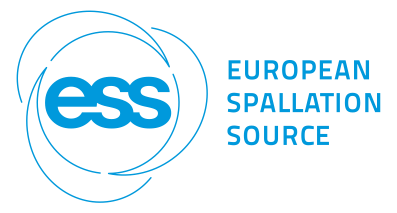Speaker
Prof.
Gary Bryant
(RMIT University)
Description
Hard sphere colloidal suspensions are widely used experimental model systems for studying phase behaviour and dynamics in condensed matter. These colloidal suspensions undergo a crystallization transition at concentrations above the freezing volume fraction of 0.494, allowing the study of the kinetics and dynamics of crystallization. As these colloidal particles are orders of magnitude larger than atoms, processes are correspondingly slower, and metastable states can be studied in real-time using the established techniques, such as dynamic light scattering (DLS) or x-ray photon correlation spectroscopy (XPCS) [eg 1-2]. In this paper we explore the use of modern Synchrotron Small Angle X-ray (SAXS) and Neutron (SANS) scattering for the study of structure in colloidal suspensions near the freezing volume fraction, focusing on the advantages and disadvantages relative to light scattering techniques.
For the study of such colloidal suspension, SAXS has a number of advantages: SAXS allows access to a much broader range of scattering vectors than light scattering; the small beam diameter allows the probing of different parts of the sample to explore inhomogeneities; and measurement times are short, allowing the study of fast kinetics. The chief disadvantages are potential beam damage, and the need for very thin samples (and therefore small sample volumes), although the latter can be an advantage in some cases.
SANS also has a number of advantages: it allows an expanded beam [3], which can be used to obtain averaging over large volumes, providing excellent statistics, ideal for styding the early stages of crystallization [4]; it provides the ability to contrast match, particularly relevant to the study of binary systems [5] - although contrast matching can be done using light scattering and very specialized particles [6], deuteration offers more flexibility in the types of particles that can be used.
In this paper we will present the results of recent experiments at the ESRF and ANSTO designed to explore the possibilities and limitations of these techniques for the study of hard sphere suspensions.
References
[1] L.B. Lurio, et al., Phys. Rev. Lett. 84, 785 (2000).
[2] V.A. Martinez, et al., J. Chem. Phys. 134, 054505 (2011). ESRF Highlights 2011, p56.
[3] E.P. Gilbert et al., Physica B: Condensed Matter 2006, 385, 1180 (2006).
[4] H.J. Schöpe, et al., Phys. Rev. Lett. 96m 175701 (2006).
[5] P. Bartlett and R.H. Ottewill, J. Chem. Phys. 96, 3306 (1992).
[6] S.M. Underwood and W. van Megen, Coll. Polym. Sci. 274:1072 (1996).
Author
Prof.
Gary Bryant
(RMIT University)
Co-authors
Dr
Andrew Schofield
(SUPA, COSMIC and School of Physics and Astronomy, The University of Edinburgh, King’s Buildings, Mayfield Road, Edinburgh EH9 3JZ, United Kingdom)
Dr
Christopher Garvey
(ANSTO)
Dr
Federico Dontone
(European Synchrotron Radiation Facility (ESRF), BP 220, F-38043 Grenoble Cedex, France)
Dr
Vincent Martinez
(SUPA, COSMIC and School of Physics and Astronomy, The University of Edinburgh, King’s Buildings, Mayfield Road, Edinburgh EH9 3JZ, United Kingdom)
